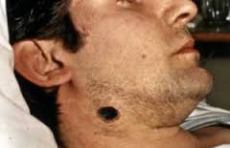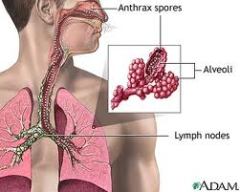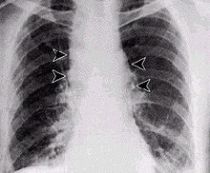Which one of the following conditions is included in the differential diagnosis for high-output heart failure?
A. Biotin deficiency.
B. Hyperparathyroidism.
C. Paget’s disease.
D. Pulmonary hypertension.
In the latest Clinical Problem-Solving article, a 63-year-old woman presented with edema and erythema of the skin of her legs and with orthopnea and paroxysmal nocturnal dyspnea. The edema had first appeared almost 2 years earlier but had worsened markedly in the previous week.
Isolated, bilateral lower-extremity swelling and erythema that have been stable over a long period suggest venous stasis, but an abrupt worsening of edema along with symptoms of orthopnea and paroxysmal nocturnal dyspnea warrants prompt evaluation for other possible causes of such swelling, including cardiac, hepatic, and renal dysfunction. Lymphedema can cause profound lower-extremity edema but should not cause orthopnea or exertional dyspnea.
Clinical Pearls
• What is in the differential diagnosis of high-output heart failure?
The differential diagnosis for high-output heart failure includes thiamine deficiency, hyperthyroidism, severe anemia, Paget’s disease, and arteriovenous fistula.
• What are the clinical characteristics of high-output heart failure?
High cardiac output is defined as a cardiac output greater than 8.0 liters per minute (or a cardiac index >4.0 liters per minute per square meter). The initial physiological derangement is usually low systemic vascular resistance, which incites a neurohormonal response culminating in the retention of salt and water and in volume overload. Patients with high-output heart failure often have signs similar to those seen in a low-output state (pulmonary congestion, peripheral edema, and hypotension), but the presence of a wide pulse pressure (in the absence of clinically significant aortic regurgitation) and warm, well-perfused extremities can help differentiate the two entities.
Morning Report Questions
Q: How is high-output heart failure diagnosed?
A: Echocardiography is a sensitive tool for identifying the elevated cardiac filling pressures, enlarged cardiac chambers, and supranormal stroke volume that accompany a high-output state. A high velocity-time integral on echocardiography may be an early clue to the presence of a high-output state. Cardiac catheterization, with hemodynamic assessments and a shunt study, is usually required to make a definitive diagnosis.
Q: What are the cardiovascular characteristics of thiamine deficiency?
A: High cardiac output can be driven by nutritional deficiencies (e.g., with wet beriberi caused by thiamine deficiency). In thiamine deficiency, the severity of cardiomyopathy does not correlate reliably with laboratory thiamine assays. Measurement of erythrocyte thiamine transketolase activity (with and without thiamine loading) is a more specific assessment for thiamine deficiency than is measurement of the serum thiamine level and is the preferred confirmatory test, though the whole-blood assay is a validated alternative. Most cases of thiamine deficiency are attributable to malnutrition, but this deficiency can also develop as a result of long-term administration of diuretics in patients who are being treated for heart failure.

















